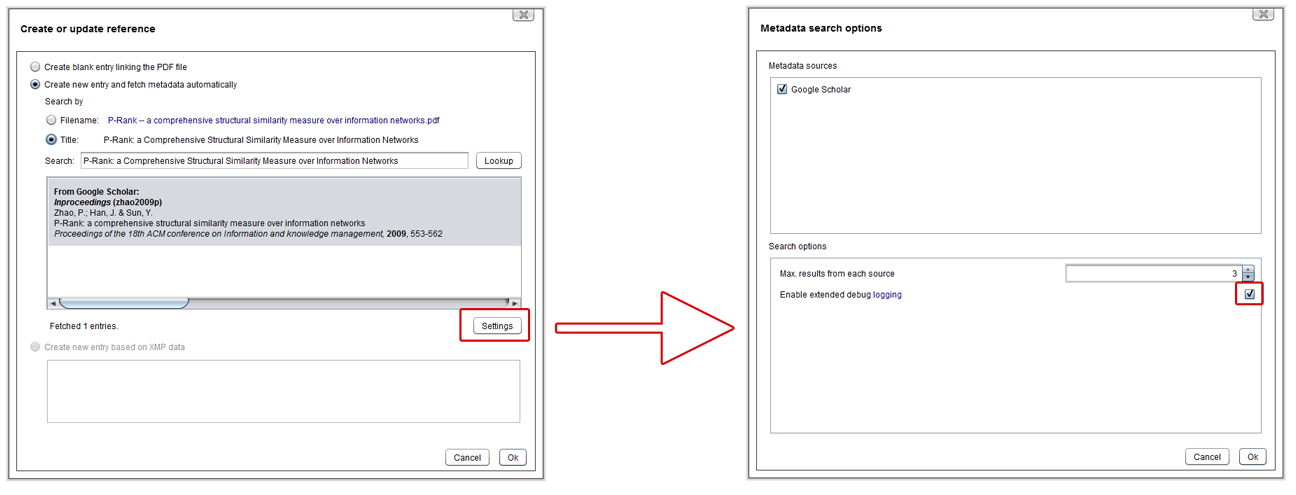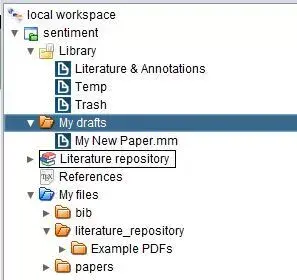

These all spoke the same thing to me: “Z, get some things down, quick, and take a look at them!”
Then this blog post arrived in my email inbox, referring me to this excellent read. It mentioned this excellent article, which changed my whole outlook on thesising for today:. First, this link popped up in my twitter feed. Today I seem to be receiving the same message again and again, via various platforms: 6 Easy-to-Steal Rituals of Extremely Successful People posted at the Marc and Angel Hack Life blog. It’s the simplicity and CLARITY of the explanations, married with the diagrams, that strike me about this content. Using English for Academic Purposes (a webguide for students in higher education) by Andy Gillett: This is a clear, illuminating, easy-and-even-fun-to-navigate website all about academic writing at higher levels. The Different Stages of the Writing Process posted at the Research Voodoo blog NOTE: The author recently enjoyed having one of her posts Freshly Pressed!. Distractions and Solutions posted at the (research) supervisor’s friend. If I stay in the book at that time, I’ll be able to get to what’s needed/useful pretty quickly with LITTLE re-reading that is unnecessary. Months or years later, when I wonder if I should use my precious time returning to this source, I can skim FIRST the note tabs, SECOND the front of the book, and THIRD the now-augmented Table of Contents. Imagine now this book with 10-20 more clear note tabs. Here one can see the final effect of adhering the clear sticky note tab. who comes UP with this stuff? One day I’m in Office Max and just staring at them, trying to think through their potential use, thinking to myself, “Really? Really? MORE of this type of stuff? What’s next?” I guess I’ve become a believer. So! Clear note tabs, huh? Nifty little things, I suppose. Because the note tab is clear, when I stick it to the margin of the book page, I don’t obscure my annotations in the margin. Especially for excerpted quotes/notes for which I will probably need to reread their context, I use a clear sticky NOTE TAB with space to write a title/note/descriptor. Later, just by flipping through the TOC, not only do I know the page numbers where chapters begin, I know what and where all my key annotations are. The KEY STRATEGY: I add page numbers with a description and some tell-tale abbreviations (and a few notes if space permits) all throughout the Table of Contents. Thus, later on I can know where I’ve collected page numbers pointing to the book’s most helpful/useful content: Right up front. Once I’ve done all of my annotating and note-taking, I copy the MOST important notes near the front (before the Table of Contents). Supplies: A healthy snack and these support tools are what I gather for a mid-length annotation and note-taking session (and water. Because I’ve written my annotation abbreviations on a large, lined sticky note, I can stick/post it up for display to guide my annotating as I read through the book and take notes inside and outside of the book. 
NOTE: I captured the sticky with the smart phone app Office Lens from. List of some of my annotation abbreviations and their meanings. Please enjoy the photo gallery and links below. We’re going to get there! We are closer today than we were yesterday. Let’s do this! Solidarity vibes. Well, back to thesising I go! Wishing you joy, clarity, and any breakthroughs you desire as you continue to squash effective tomatoes and cross off tasks toward reaching your milestones and crossing that finished line. 😉 I hope you find something useful in one if not most of them. It didn’t feel right to “sit on them” without sharing. To close the post, below the photo spread I list four INCREDIBLY helpful (to me) links that lead to really great (to me) material that I’ve encountered over the past week or so. And if I do determine to open the book, I can know to a high degree of certainty after skimming the Table of Contents or going to a select number of TABBED pages whether to keep with the book for my present needs or look elsewhere.

The annotations are made and placed in such a way that I might not even have to open the book to know if it contains annotations leading to content that I need. The photos depict how I take notes in books such that not only are the notes useful soon after they are taken (while still in the memory a bit), but they are useful months and years later. If you click on a picture, it will display the large photo viewer where you can see more details.Ībout the photos: The book annotation techniques on display in the photos have saved me SO MUCH time and helped me get the most out of my books and my reading.







 0 kommentar(er)
0 kommentar(er)
